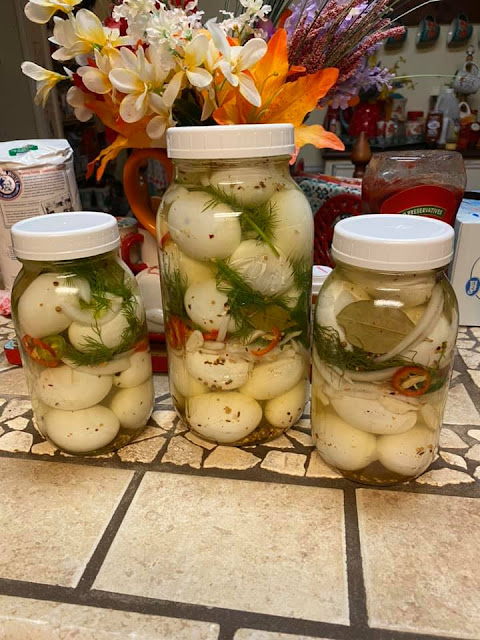Elevate Your Cooking: The Art of Rendering and Sealing Homemade Beef Tallow
In the pursuit of healthier and more sustainable cooking alternatives, many home cooks are revisiting traditional methods of rendering fats.
One such treasure is beef tallow, a rich and flavorful fat that has been used for generations. In this article, we will explore the process of rendering beef tallow, allowing you to bid farewell to store-bought frying oils and shortenings. With a reliable source of high-quality beef fat and a little time and effort, you can create your own supply of versatile and delicious beef tallow right in your own kitchen. Say hello to a new era of cooking as we dive into the recipe and technique of rendering and sealing this precious culinary gem.
Recipe: Homemade Rendered Beef Tallow
Ingredients:
- - Beef fat, preferably from high-quality sources (such as grass-fed or organic beef)
- - Optional: Salt or herbs for flavoring (e.g., rosemary, thyme)
Instructions:
1. Sourcing High-Quality Beef Fat:
As you mentioned, finding a reputable butcher shop is key to obtaining high-quality beef fat for rendering. Make sure to inquire about the source of the fat and opt for organic or grass-fed beef if available. The fat should be clean, without any meat or connective tissues attached.
2. Preparing the Beef Fat:
Begin by trimming away any excess meat or connective tissues from the beef fat. Cut the fat into small, uniform pieces or grind it using a meat grinder. Smaller pieces will render more efficiently.
3. Rendering the Beef Fat:
In a large, heavy-bottomed pot or Dutch oven, place the beef fat pieces. Heat the pot over low heat, allowing the fat to slowly melt. Stir occasionally to ensure even heating and prevent the fat from sticking to the bottom of the pot.
4. Monitoring the Rendering Process:
As the fat melts, it will release liquid and gradually turn into a clear liquid oil. This process can take several hours, so be patient. You may notice the fat crackling or bubbling as it renders. Adjust the heat as necessary to maintain a gentle simmer, avoiding high temperatures that could scorch the fat.
5. Straining and Filtering:
Once the fat has completely melted and turned into a clear liquid, it is time to strain and filter it. Line a fine-mesh sieve or cheesecloth over a heatproof container or jar. Carefully pour the liquid fat through the sieve, catching any impurities or solid particles. This will result in a smooth and pure beef tallow.
6. Optional Flavoring and Storage:
At this stage, you can add a pinch of salt or herbs like rosemary or thyme to infuse additional flavor into the beef tallow. Stir well to incorporate the seasoning. Allow the tallow to cool slightly before transferring it to a clean, airtight container or jars. Store it in a cool, dark place, such as a pantry or refrigerator.
By embracing the process of rendering beef tallow, you are not only reclaiming a traditional cooking fat but also taking a step towards healthier and more sustainable culinary practices.
With a reliable source of high-quality beef fat and a little time and effort, you can create your own supply of versatile and flavorful beef tallow. Bid farewell to store-bought frying oils and shortenings as you embrace the rich history and benefits of rendering your own tallow. So, seize the opportunity to explore the world of homemade fats and unlock a whole new realm of cooking possibilities in your kitchen. From crispy fried delights to flaky pastry masterpieces, let the homemade beef tallow elevate your culinary creations to new heights of flavor and satisfaction.





















Comments